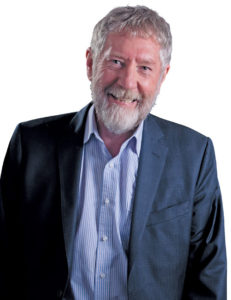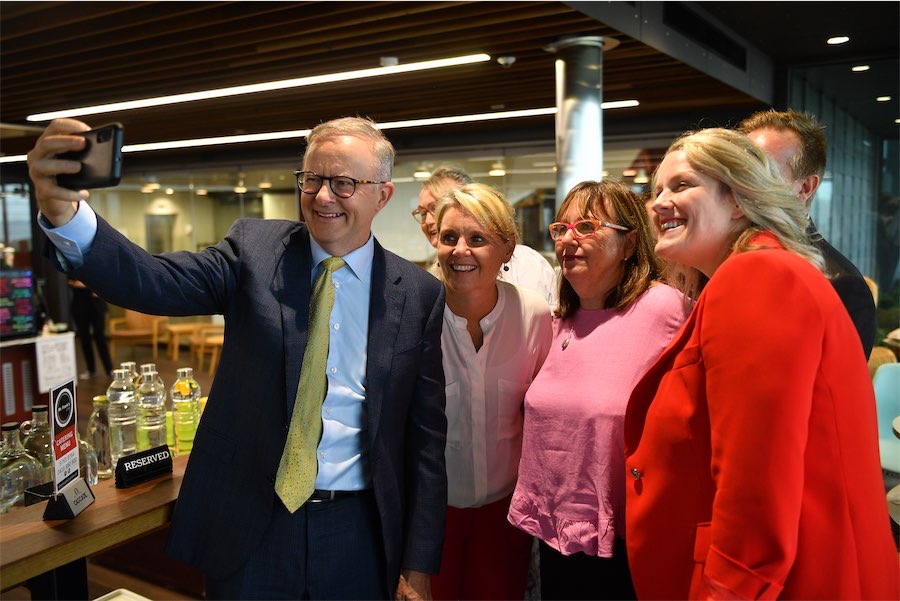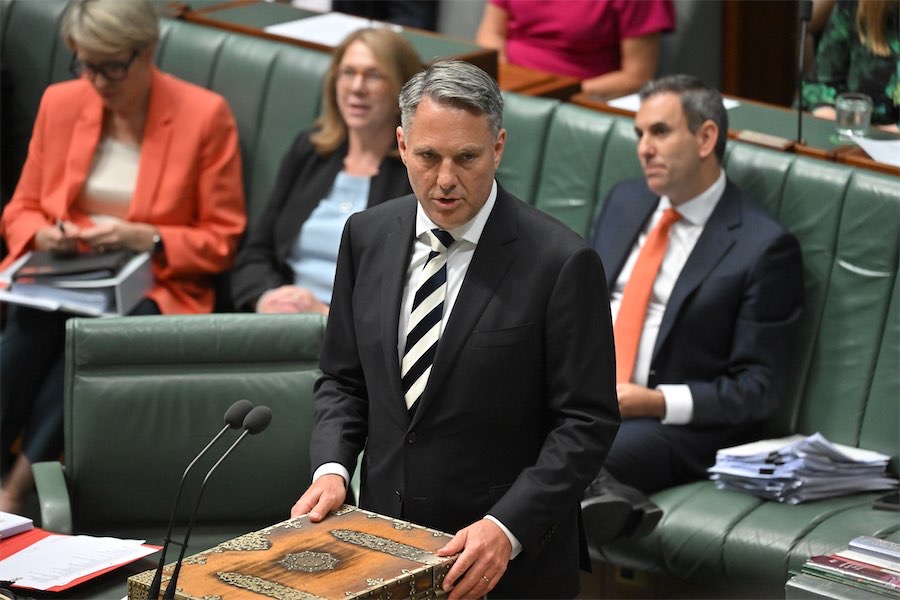“Tobacco and alcohol still cause the most harm in our community. These industries relentlessly pursue political advantage in order to be able to sell their products with the least possible interference by government,” writes MICHAEL MOORE
WITH the legalisation of cannabis now through the ACT Assembly, it’s appropriate to consider what drives effective drug policy.

The challenge is twofold. Managing the drugs that are used within our society with the least possible harm and managing the politics. We can learn from Goldilocks.
Tobacco and alcohol still cause the most harm in our community. The industries behind these drugs relentlessly pursue political advantage in order to be able to sell their products with the least possible interference by government. They loathe restrictions on marketing and availability, and love accusing others of favouring the “Nanny State”.
However, for consumers, the choice comes down to being influenced through blanket marketing, for example by the profit-motivated alcohol industry or being influenced by government. Nanny industry or nanny state?
Prohibition has been the standard approach on many drugs in the last century. However, many governments are finally beginning to realise that this approach has caused more harm than good. Nevertheless, it’s rare for politicians to explain a sensible alternative in simple terms.
Tobacco and alcohol have taught that the last thing needed is to adopt a “free market” approach. Restrictions on marketing, use, distribution and access to tobacco has been one of the great success stories of public health. In Australia, less than three per cent of 12-15 year olds are now even experimenting with tobacco. Similar restrictions are yet to apply to alcohol marketing and sales.
Criminal elements have used prohibition as a financial bonanza. In the meantime, people suffer considerably or die, often out of ignorance about the products being used. Even so, the demand continues.
Australian jurisdictions have largely adopted a “harm minimisation” strategy, incorporating three elements of supply reduction, demand reduction and harm reduction. The greatest success in achieving the least harm is when all three elements are applied.
The harm associated with alcohol could be reduced by applying supply and demand reduction techniques. More than 40 lobbyists ply the corridors of the Federal and other parliaments to ensure this does not happen. Marketing of alcohol through sport, on television and across the media increases use and harm, as does the plethora of outlets.
Clean needles and syringes for injecting drug users comes to mind when discussing harm reduction. More recently, advocates of electronic cigarettes have been claiming the e-cigarettes reduce harm, arguing they are less harmful than cigarettes. The strongest lobbyists and campaigners for this approach are big tobacco, including companies such as Philip Morris.
E-cigarettes are illustrative of effective drug policy. Liberal Health Minister Greg Hunt, with the support of Labor, has adopted a logical approach and a sensible evidence-based policy. They have incorporated the full suite – demand reduction, supply reduction and harm reduction.
E-cigarette manufacturers, including large tobacco companies, originally claimed that these new devices were a quitting aid – or at least a less harmful method of ingesting nicotine. Other quitting devices, such as nicotine-based patches and chewing gum, have been through a process of accreditation through the Therapeutic Goods Administration (TGA). However, this would restrict marketing, explaining why e-cigarette companies don’t wish to follow suit.
With approval from the TGA, those who find e-cigarettes helpful will be able to access them and their nicotine through prescription or pharmacies. The widespread problems now becoming apparent in the UK, Canada, NZ and the US, with their constant marketing, easy availability and increasing take-up by teenagers might be avoided.
The Centers for Disease Control and Prevention in Atlanta are investigating more than 500 cases of serious illness and death associated with e-cigarettes. It took decades for governments to recognise the serious links between tobacco, cancer and cardio-vascular disease. It seems unfathomable that other governments didn’t adopt the much more precautionary practice of Australia in their approach to e-cigarettes.
Whether it’s tobacco, alcohol, illicit, or pharmaceutical drugs, the most effective policies are those based on what my drug-policy colleague of the 1990s, Stephen Mugford, used to call the “Goldilocks solution”. Not too hot – not too cold. Not open free markets and ready availability on the one hand – nor total prohibition on the other.
Who can be trusted?
In a world of spin and confusion, there’s never been a more important time to support independent journalism in Canberra.
If you trust our work online and want to enforce the power of independent voices, I invite you to make a small contribution.
Every dollar of support is invested back into our journalism to help keep citynews.com.au strong and free.
Thank you,
Ian Meikle, editor





Leave a Reply